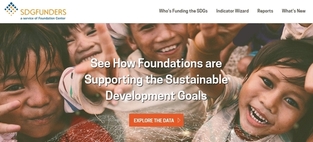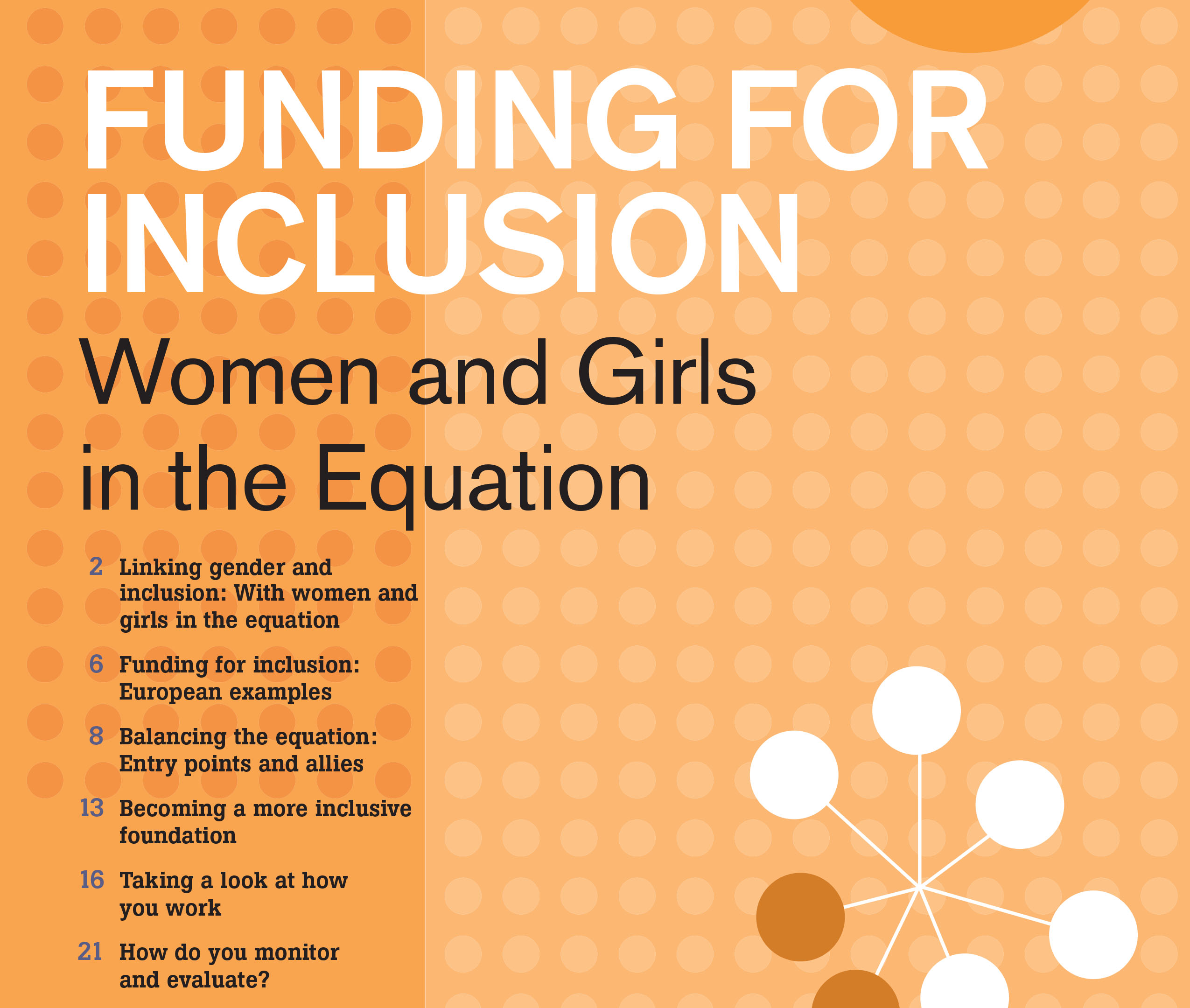Strategies for Understanding and Managing Cultural Difference in International Grantmaking
Do background work and consult widely. Preliminary research, thought, and listening can help you avoid acting on assumptions and stereotypes.
- Find out what other funders are supporting, including funders based in the country or region you’re interested in.
- Hear from a range of voices, including practitioners, academics, businesspeople, and public-sector officials.
- Involve potential stakeholders early on to help clarify varying points of view.
- Avoid relying exclusively on grantee “stars.” A seasoned grantmaker from a small family foundation approaches an unfamiliar setting by asking everyone he talks with, “Who else should I talk to?” And, “Refer me to someone with a different point of view or opinion.”
- Take some time to digest the guidance you get.
Learning about history and current events, relations among social groups, and the role of religion and other belief systems can help orient you and your grantmaking.
Sometimes the challenge is understanding subtle cultural associations. For example, a grantmaker working with civil society organizations in Eastern Europe found that she had to adjust her approach to advancing gender equality in a post-communist society: “I am dealing with a part of the world which considers that gender equality either has been attained or is a communist value. For people in Eastern Europe, [feminism and gender equality] are linked to Soviet occupation and to women on tractors. What it means to many people is that women were forced to do heavy labor and to drop their children at horrible day care centers for the entire day.”
Takeaways are critical, bite-sized resources either excerpted from our guides or written by Candid Learning for Funders using the guide's research data or themes post-publication. Attribution is given if the takeaway is a quotation.
This takeaway was derived from International Grantmaking.


